Are you looking to make the most of your limited garden space? Vertical gardening with climbing vegetables is the perfect solution! In this guide, we’ll explore 10 vegetables that naturally love to climb, helping you grow more food in less space.
1. Pole Beans: The Ultimate Vertical Vegetable

Nothing beats pole beans when it comes to vertical growing. These vigorous climbers can reach heights of 10-15 feet, producing abundant harvests throughout the season. Popular varieties include:
- Kentucky Wonder
- Blue Lake
- Scarlet Runner
Pro Tip: Install sturdy poles or trellises before planting, as mature bean plants can get quite heavy.
2. Garden Peas
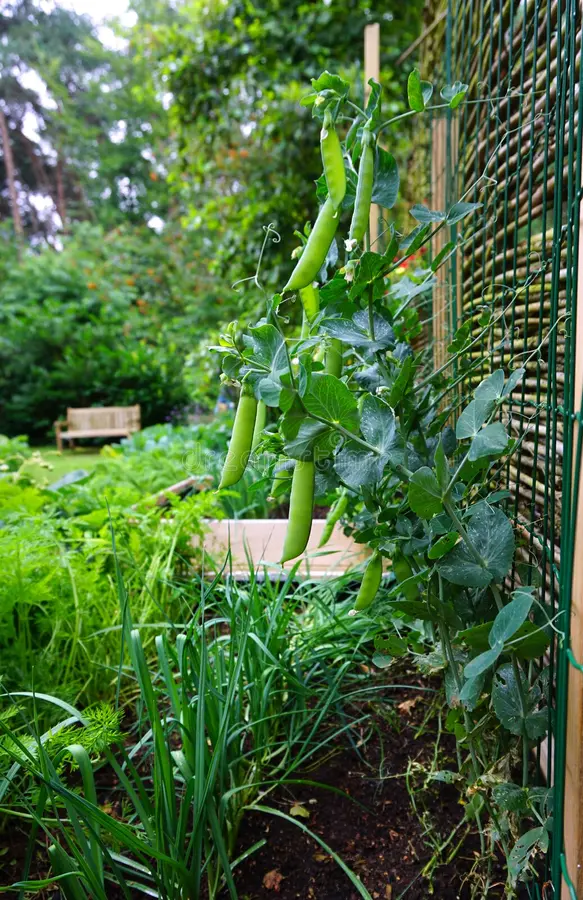
Sweet, crisp, and perfect for vertical gardens, peas are early-season climbers that thrive in cool weather. Their delicate tendrils naturally wrap around supports, making them ideal for:
- Trellis systems
- String supports
- Pea netting
3. Cucumbers
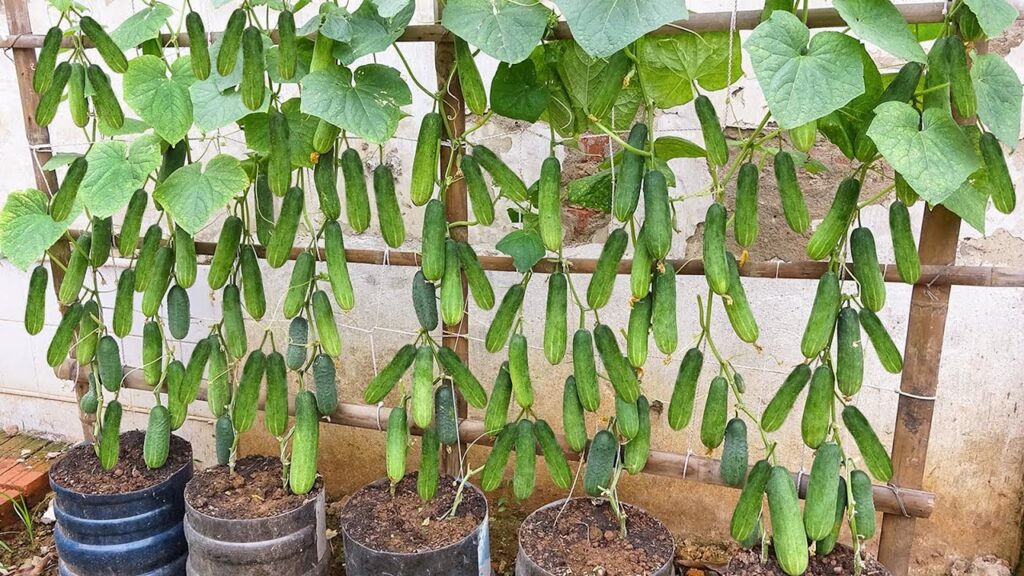
These versatile climbers not only save space but also produce straighter, cleaner fruits when grown vertically. Choose vining varieties rather than bush types for best vertical growth.
4. Indeterminate Tomatoes
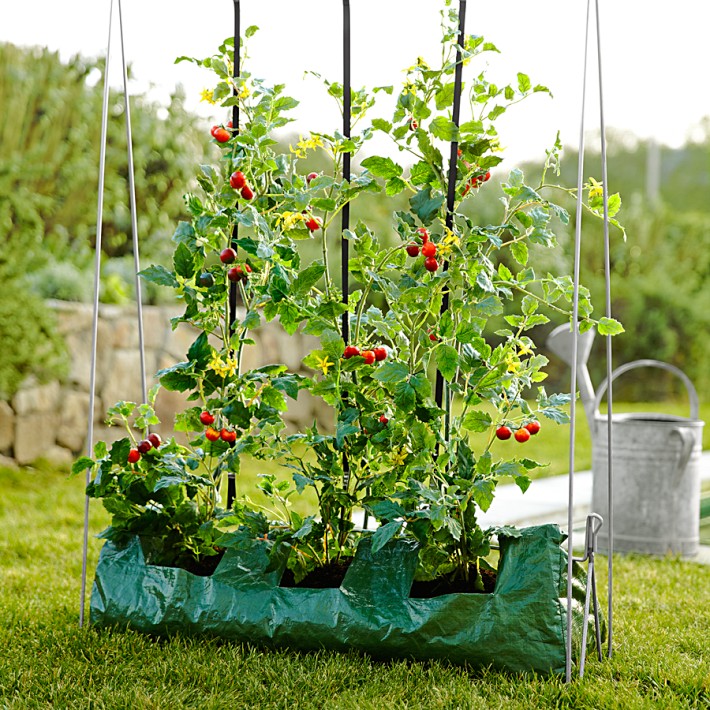
While technically vines rather than true climbers, indeterminate tomatoes can grow 6-12 feet tall. They require:
- Strong support systems
- Regular pruning
- Consistent tying to supports
5. Malabar Spinach

This heat-loving climber provides nutrient-rich greens all summer when traditional spinach bolts. Its beautiful vines can reach 10 feet, making it both ornamental and edible.
6. Loofah Gourds
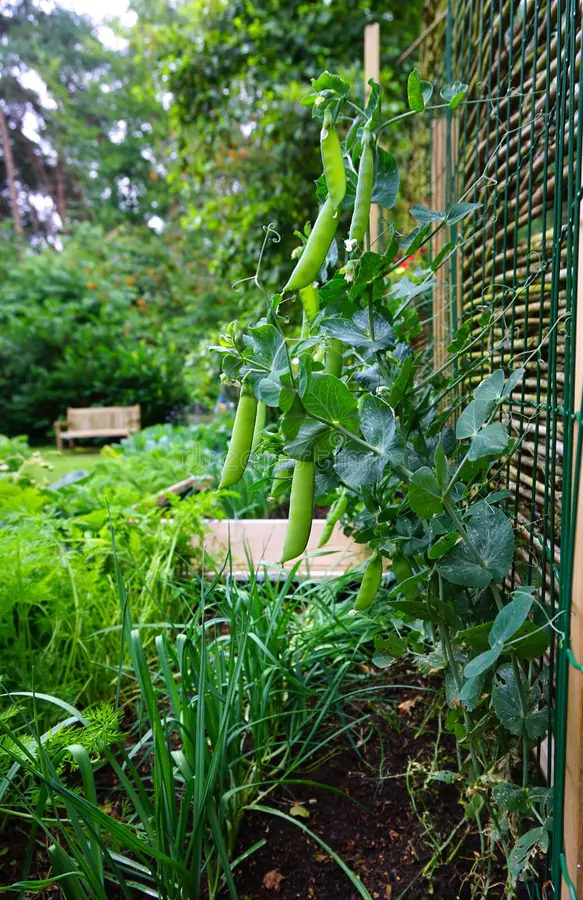
Dual-purpose plants that provide both food and natural sponges, loofah vines can climb 15-30 feet. Harvest young for eating or let mature for natural bath sponges.
7. Winter Squash (Vining Varieties)
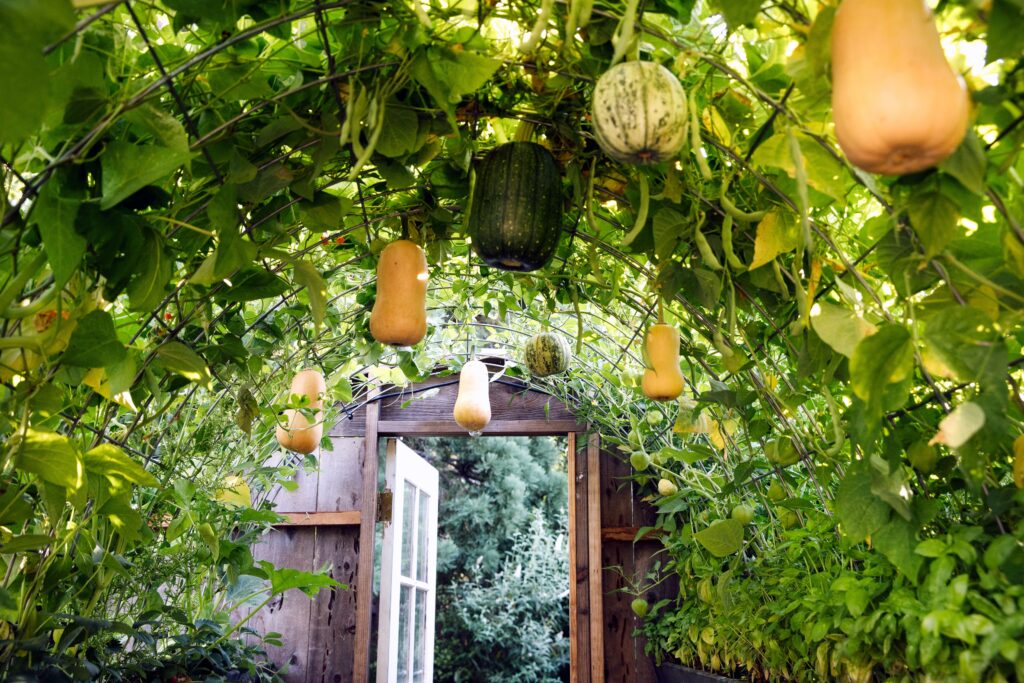
Many squash varieties love to climb, including:
- Butternut
- Delicata
- Small sugar pumpkins
Remember to provide extra-strong support for these heavy fruits.
8. Yard-Long Beans
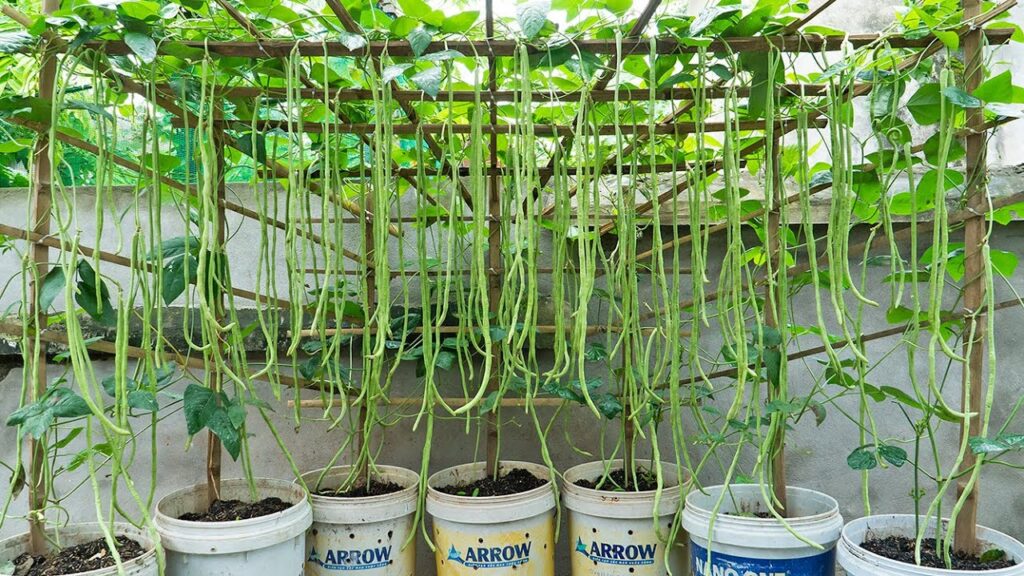
These Asian favorites can produce beans up to 3 feet long! They thrive in hot weather when regular pole beans struggle.
9. Bitter Melon
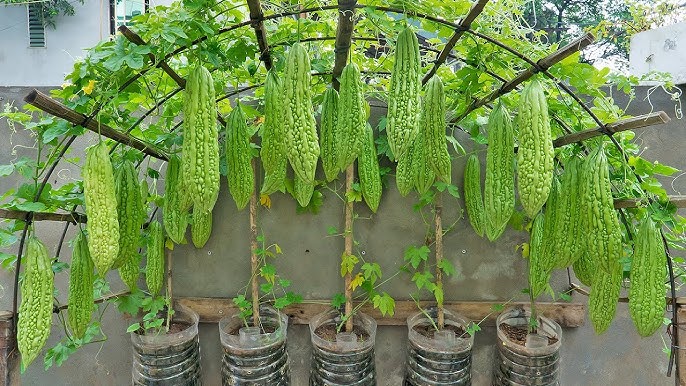
Popular in Asian cuisine, bitter melon vines produce unique, nutritious fruits while climbing 12-15 feet high.
10. Hard Shell Gourds
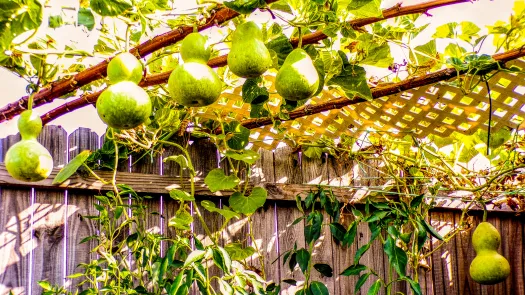
These vigorous climbers create decorative and useful containers while saving ground space.
Tips for Success with Climbing Vegetables
Support Structures
- Install supports before planting
- Ensure structures can handle mature plant weight
- Choose rust-resistant materials
Growing Tips
- Plant climbers on north sides to avoid shading other crops
- Train young plants early
- Maintain good air circulation
Maintenance
- Regular harvesting encourages production
- Weekly tying and training
- Consistent watering at root level
Frequently Asked Questions
Q: How tall do I need to make my supports?
A: Most climbing vegetables need 6-8 feet minimum, with some requiring up to 15 feet for optimal growth.
Q: Can I grow climbing vegetables in containers?
A: Yes! Use containers at least 12 inches deep with adequate drainage and sturdy supports.
Q: What’s the best support material?
A: Galvanized metal, bamboo, or treated wood work well. Avoid materials that degrade quickly.
Conclusion
Growing climbing vegetables is an excellent way to maximize your garden space while creating an attractive and productive garden. Start with easier varieties like pole beans and peas, then experiment with more unusual climbers as you gain experience.
Remember to provide strong support structures, regular maintenance, and proper care, and you’ll be rewarded with bountiful harvests from your vertical vegetable garden!
[Internal SEO Notes: Included primary keyword “climbing vegetables” and secondary keywords like “vertical gardening,” “garden space,” and specific vegetable names. Used H2 and H3 headers for structure, included FAQ section for featured snippets, and maintained readable, valuable content throughout.]
Would you like me to modify or expand any section of this article?

